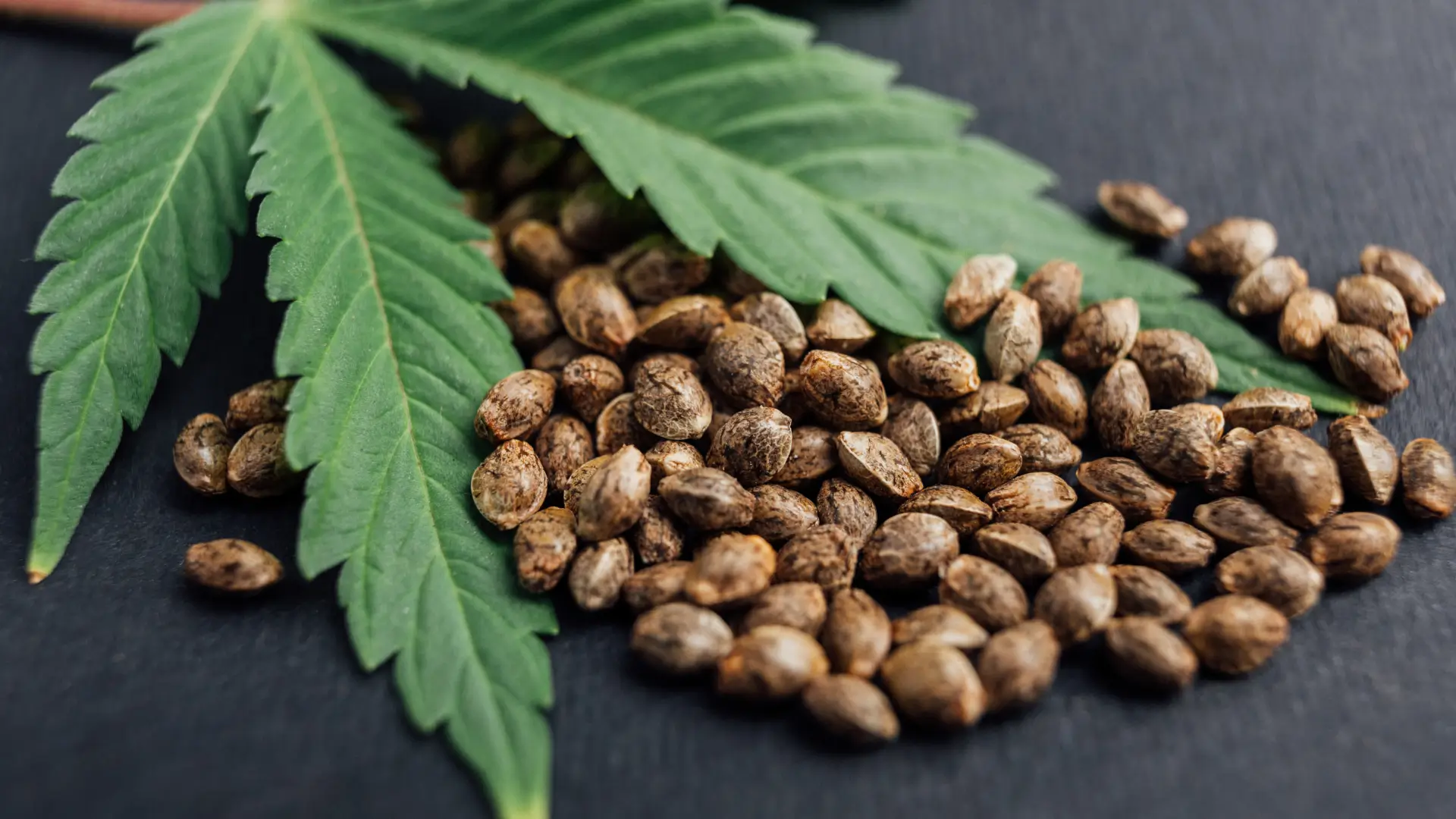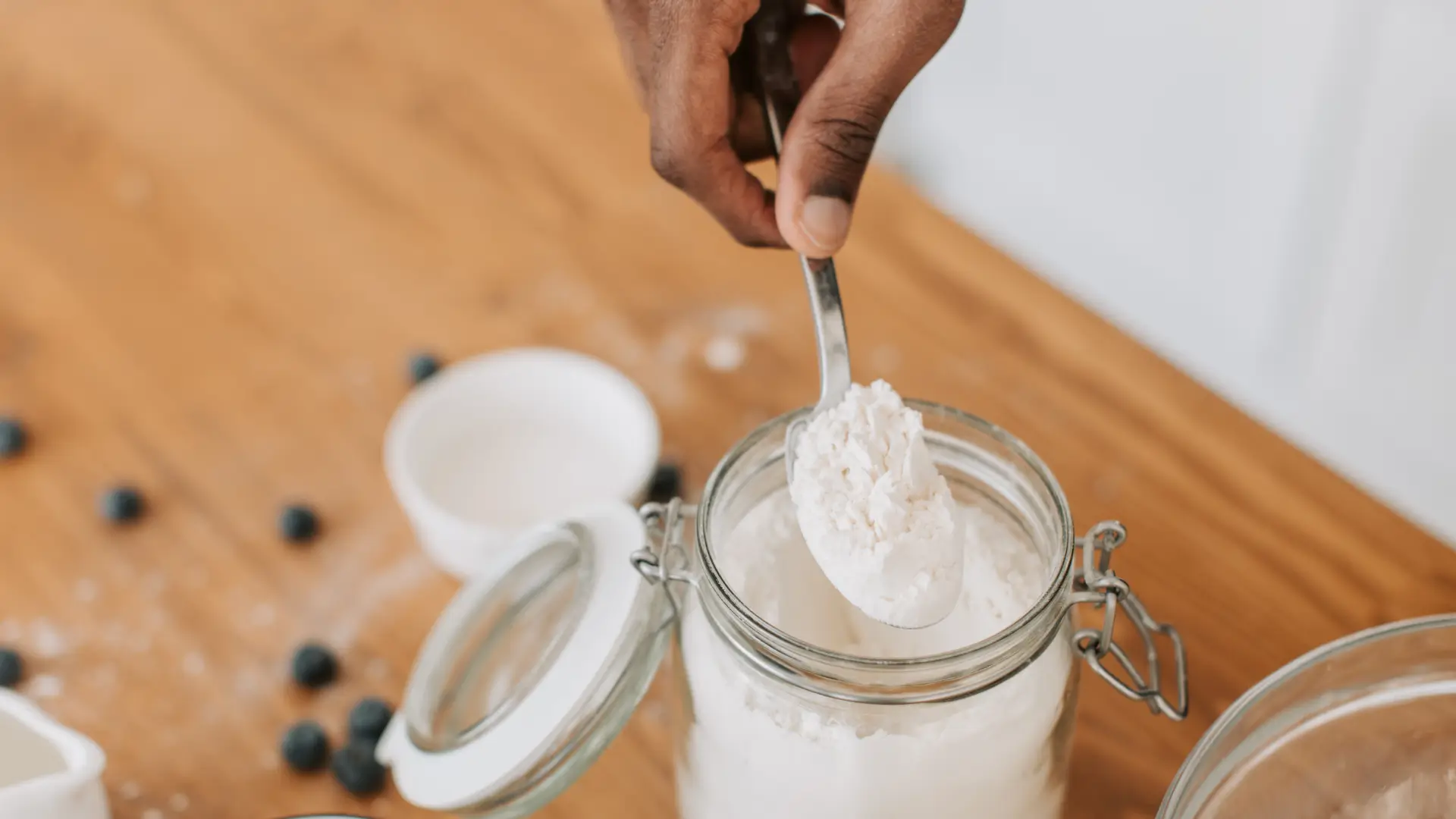Organic hemp protein has one of the best marketing stories in the plant-based world. It’s a complete protein, packed with fiber and minerals, and carries powerful consumer associations with natural, sustainable, and minimally processed nutrition. For brand owners, it’s a dream ingredient for a “clean label” product.
For a food technologist, however, it presents a significant challenge. The very same rustic, unrefined nature that makes it appealing also creates hurdles in texture, flavor, and color. This is the hemp protein dilemma. This guide provides a pragmatic look at formulating with organic hemp protein, acknowledging its challenges and offering strategies to overcome them.
The upside: why hemp’s marketing story is so powerful
Before diving into the challenges, it’s important to understand why hemp protein is worth the effort.
- Complete Protein Profile: It contains all nine essential amino acids.
- Rich in Fiber and Minerals: Unlike isolates, it’s a whole-food ingredient, which resonates strongly with health-conscious consumers.
- “Organic” and “Sustainable” Claims: Hemp is a highly sustainable crop, and an organic certification provides a powerful point of difference on a crowded shelf.
The formulation challenges: a technical reality check
Success when formulating with organic hemp protein means directly addressing its inherent sensory issues.
- The Texture Problem (Grittiness): Hemp protein has a higher fiber content and a different particle structure than isolates, often leading to a sandy or gritty mouthfeel.
- Solution: Blending is key. Combining hemp protein with smoother plant proteins like pea or soy isolate can significantly improve the final texture. Additionally, incorporating hydrocolloids like xanthan gum can help suspend particles and create a creamier mouthfeel.
- The Flavor Problem (Earthiness): Hemp has a distinct, earthy, and sometimes grassy flavor that can be difficult to mask.
- Solution: This requires a robust flavor system. Strong, complementary flavors like chocolate, coffee, or spices (cinnamon, chai) work best. Powerful sweeteners like sucralose or natural flavor maskers may be necessary to achieve a palatable product.
- The Color Problem (Green/Brown Hue): The natural color of hemp protein will affect the appearance of the final product.
- Solution: Embrace it. Instead of fighting the color, lean into it. It visually reinforces the “natural” and “plant-based” message. It works perfectly in chocolate or green-themed products.
Strategic choice: when to use hemp protein
Hemp protein is not a universal solution. It shines in specific applications.
| Application | Why Hemp Protein is a Great Choice | Key Formulation Tip |
|---|---|---|
| Meal Replacements & Whole-Food Blends | The fiber content and nutrient density are a perfect fit. | Blend with pea protein for a smoother texture. |
| “Earthy” or Chocolate Protein Bars | The robust flavor can be complemented by nuts, seeds, and cocoa. | Use a high-quality cocoa powder to work with the flavor. |
| Organic & “Natural” Product Lines | Its marketing story is a powerful differentiator. | Highlight the “complete protein” and “high fiber” claims. |
At Nutri Partners, we supply a high-quality, certified organic hemp protein because we believe in its potential. We also believe in transparency. Understanding both the benefits and the challenges of formulating with organic hemp protein is the first step to creating a truly successful product.





